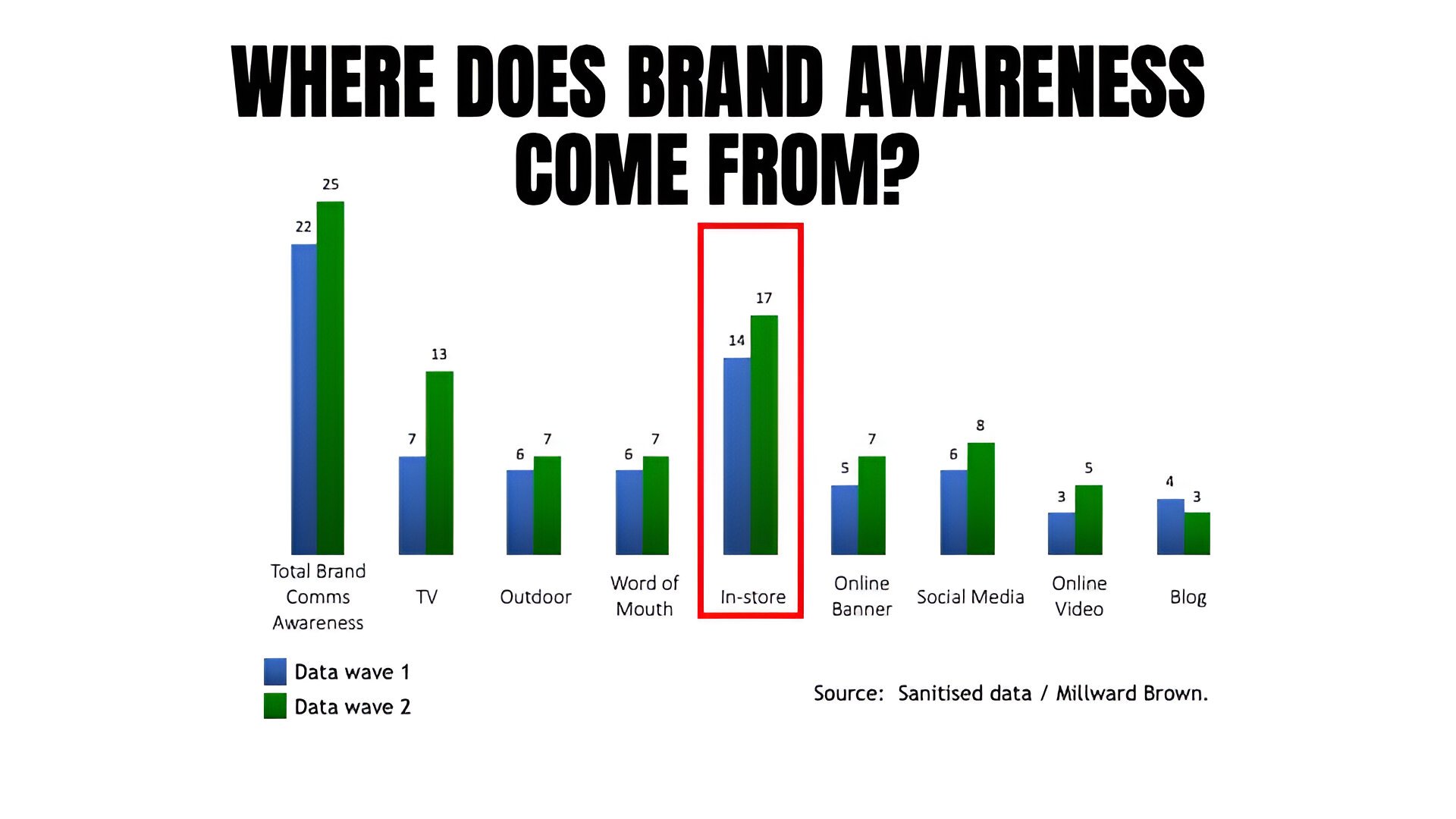Give Ps A Chance.
All we are saying is give Ps a chance.
John Lennon knew it. I know it. Proper marketers know it. And they’re as relevant today as they were when they were first proposed in the 1960s by E. Jerome McCarthy.
All of them are important, and none of the 4 marketing Ps are mutually exclusive. It’s well documented that strong brand investment reduces price sensitivity. But you knew that anyway, right?
A strong promotional plan is also likely to help gain or secure distribution. And there’s no point in deploying a national advertising campaign if you’ve only got one SKU listed in Booth’s (as lovely as their stores are).
According to Kantar, a strong, rapid, and aligned distribution in the major grocers is critical for the success of your NPD launch. The good news is that their distribution threshold for success has come down in the last data I saw (I don't get to see it anymore - you know where I am Kantar friends, if you fancy sharing the 2022 data). It used to be that c60% distribution was their benchmark, but I believe that's closer to 50% now.
Whilst that's still a big ask for most brands, the principle remains true. If you can get your distribution to build in as many retailers as possible, as quickly as possible at broadly the same time, then you have critical mass. And, you'll now have something meaningful to advertise towards.
But marketers underestimate the impact that distribution and in-store visibility has on mental availability. This graph is from an old Millward Brown report and illustrates the point well. I've de-branded it to protect the innocent, although this chart could be taken from almost any year and brand I have worked on - the story is that consistent. The impact of "in-store" surprises many marketers I speak to.
Where Does Brand Awareness Come From?
At Weetabix we knew that in store visibility was key for the penetration growth we wanted. Weetabix has incredible depth and breadth of distribution in the major grocers, but that’s not enough. We needed to improve our share of promotional space.
That's why we did the Wildcats sponsorship deal with the FA unlocking brilliant visibility in store. Which, coupled with a laser like focus from the entire business, grew the brand's penetration in the first burst of activity. Other ways to grow in store visibility might be to partner with complementary brands away from your fixture, ensure your packaging is working hard enough to stand out on shelf or explore in-store POS.
Price is the most neglected P by marketers. Which is another reason to celebrate Marketing Week’s readers voting for Pret’s price increase email as their campaign of the year. A beautifully transparent communication of an increasingly common situation.
The Pret marketing team were clearly involved in this piece of writing, but how many of us are also involved in the conversation about where to set prices in the first place?
Whilst it is often led by the sales team, it’s a marketer’s duty to be the voice of the consumer within the business and to bring facts to what can become an opinion-based debate.
Our job is to *know* what premium our brand can command, to understand what an acceptable price is, when it becomes too cheap or too expensive. That sounds complicated, but it’s not really that tricky. There’s a thing called a Van Westendorp pricing model (Google it), and you can run it yourself with minimal investment.
But the magic really happens when we consciously combine the Ps to maximise results. I recently had the pleasure of working with Spoon Cereals (incredibly tasty if you haven’t already tried them!), together we tested some targeted digital advertising combined with a price promotion in Tesco. We saw a 72% higher rate of sale in the areas we ran the combination of advertising and price promotion. Get in touch with me if you want to see the case study.
So, what does all this mean for scale-up brands?
It’s important to consider ALL four Ps. Yes, all of them, even the less glamorous ones or ones where you feel less comfy. Bring some consumer data to support your points, it needn’t be expensive. Don’t forget that maximising your visibility in store, is a massive driver of brand awareness. And finally, if you want to turbo-charge your marketing, combine a couple of the Ps.
So, far from being an outdated concept, the 4 Ps are a fundamental tool for modern marketers to make sure we have considered the full marketing mix, and not been blinded by a shiny new tactic.

